I am trying to overlay two images. The first one is a 512x512 NumPy array (from a CT image). The second one is also a 512x512 NumPy array but I am just interested in the pixels where the value is larger than 0 (a functional image).
To do that I am trying to create a masked array.
import numpy as np
import numpy.ma as ma
import matplotlib.pyplot as plt
# Both images are loaded from a dicom. Both are numpy arrays of (512,512)
Image1 = readimage(path)
Image2 = readimage(path)
# Create image 2 mask
mask = ma.masked_where(Image2>0, Image2)
Image2_mask = ma.masked_array(Image2,mask)
# Plot images
plt.figure(dpi=300)
y, x = np.mgrid[1:513,1:513]
plt.axes().set_aspect('equal', 'datalim')
plt.set_cmap(plt.gray())
plt.pcolormesh(x, y, Image1,cmap='gray')
plt.pcolormesh(x, y, Image2_mask,cmap='jet')
plt.axis([x.min(), x.max(), y.min(), y.max()])
plt.colorbar()
plt.show()
This code does not show any overlay. What I am doing wrong? Is there any straight way? I am coming from a Matlab environment and I am quite new to Python.

